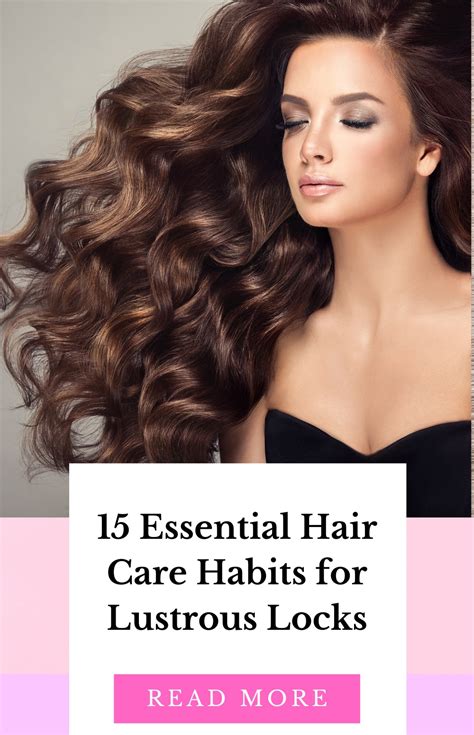Introduction
Hair extensions have become an indispensable tool for achieving glamorous and voluminous hairstyles. However, maintaining the health and beauty of these extensions requires specialized care products, including a dedicated shampoo. This article delves into the essential aspects of shampoo for hair extensions, providing comprehensive information on its benefits, types, and effective usage.

Understanding the Importance of Shampoo for Hair Extensions
Hair extensions can accumulate dirt, oils, and products, just like natural hair. Neglecting proper cleansing can lead to a number of problems, including:
- Build-up: Excess dirt and oils can suffocate the scalp, hindering hair growth and causing scalp irritation.
- Tangling: Dirty hair extensions are more prone to tangling and matting, making them difficult to manage.
- Damage: Harsh shampoos or improper washing techniques can damage the bonds attaching the extensions to your natural hair, causing premature shedding or breakage.
Types of Shampoo for Hair Extensions
The type of shampoo you choose for your hair extensions will depend on their material and your specific hair needs. Here are the main types available:
1. Sulfate-Free Shampoos
Sulfates are harsh detergents that strip hair of its natural oils, leaving it dry and brittle. Sulfate-free shampoos are gentler on the hair and extensions, preserving their moisture balance and preventing damage.
2. Moisturizing Shampoos
Hair extensions can tend to be dry, as they do not receive natural oils from the scalp. Moisturizing shampoos contain hydrating ingredients like shea butter, cocoa butter, or argan oil, which replenish moisture and restore softness and shine.
3. Clarifying Shampoos
Clarifying shampoos remove heavy product build-up and dirt without stripping the hair of its natural oils. They are ideal for occasional use or when working with synthetic hair extensions.
How to Choose the Right Shampoo
When selecting a shampoo for hair extensions, consider the following factors:
1. Material of Hair Extensions
Human Hair Extensions: Human hair extensions require shampoos specifically formulated for natural hair.
Synthetic Hair Extensions: Synthetic hair extensions need gentler shampoos designed for their unique texture.
2. Hair Condition
Dry Hair: Choose moisturizing shampoos to replenish lost moisture.
Oily Hair: Opt for shampoos that remove excess oils without over-drying the hair.
Damaged Hair: Select shampoos with nourishing ingredients that repair and strengthen damaged hair.
Effective Usage of Shampoo for Hair Extensions
1. Wet Hair Thoroughly
Before applying shampoo, wet your hair extensions and natural hair thoroughly. This helps open up the hair cuticles and allows the shampoo to penetrate more effectively.
2. Use Gentle Massaging Motions
Apply a small amount of shampoo and gently massage in circular motions from the roots to the tips. Avoid harsh rubbing or tugging, which can damage the bonds.
3. Rinse Thoroughly
After shampooing, rinse your hair and extensions with cool water until all traces of shampoo are removed. Cold water helps close the hair cuticles and lock in moisture.
4. Avoid Over-Washing
Over-washing hair extensions can strip them of natural oils, causing dryness and damage. Wash your extensions every 2-3 days, or as needed.
5. Use Conditioner
Conditioners help moisturize and detangle hair extensions. Follow up with a conditioner designed for extensions or natural hair, depending on the material of your extensions.
Additional Tips for Maintaining Hair Extensions
1. Brush Regularly
Brush your hair extensions regularly with a soft-bristled brush to prevent tangles and keep them looking smooth.
2. Avoid Heat Styling
Excessive heat styling can damage hair extensions. Minimize heat usage and always apply a heat protectant spray before styling.
3. Sleep with a Silk Cap or Pillowcase
Silk is a gentle fabric that reduces friction and prevents tangles and breakage while you sleep.
Conclusion
Shampoo for hair extensions is an essential part of maintaining their beauty and longevity. By choosing the right shampoo and following effective usage techniques, you can keep your hair extensions looking healthy, lustrous, and effortlessly glamorous.
Common Questions
1. What’s the difference between human hair and synthetic hair extensions?
Human hair extensions are made from real human hair, while synthetic hair extensions are made from synthetic fibers. Human hair extensions are more expensive and have a more natural look and feel, while synthetic hair extensions are more affordable and versatile.
2. How long do hair extensions last?
The lifespan of hair extensions depends on several factors, including the type of extensions, the application method, and the level of care they receive. With proper care, human hair extensions can last up to 12 months, while synthetic hair extensions can last up to 6 months.
3. Can I color hair extensions?
Yes, you can color human hair extensions using professional hair dyes. However, coloring synthetic hair extensions is not recommended, as the fibers may not react well to the chemicals in the dye.
Useful Tables
Table 1. Shampoo Types and Benefits
| Shampoo Type | Benefits |
|---|---|
| Sulfate-Free Shampoos | Gentle on hair, preserves moisture balance, prevents damage |
| Moisturizing Shampoos | Replenishes moisture, restores softness and shine |
| Clarifying Shampoos | Removes heavy product build-up and dirt |
Table 2. Shampoo Usage for Different Hair Conditions
| Hair Condition | Shampoo Type |
|---|---|
| Dry Hair | Moisturizing Shampoo |
| Oily Hair | Shampoo with mild detergents |
| Damaged Hair | Shampoo with repairing and strengthening ingredients |
Table 3. Factors to Consider When Choosing a Shampoo
| Factor | Considerations |
|---|---|
| Material of Hair Extensions | Human hair vs. synthetic hair |
| Hair Condition | Dry, oily, or damaged hair |
| Type of Shampoo | Sulfate-free, moisturizing, clarifying |
Table 4. Tips for Maintaining Hair Extensions
| Tip | Benefits |
|---|---|
| Brush Regularly | Prevents tangles and keeps hair extensions smooth |
| Avoid Heat Styling | Minimizes heat damage |
| Sleep with a Silk Cap or Pillowcase | Reduces friction and breakage |
